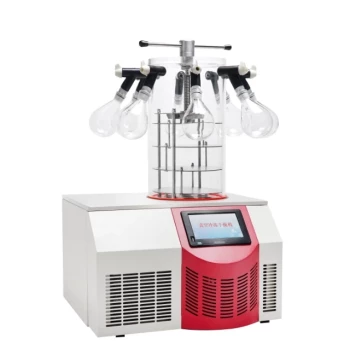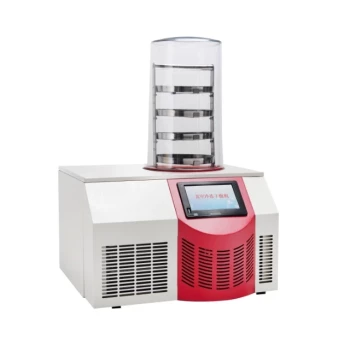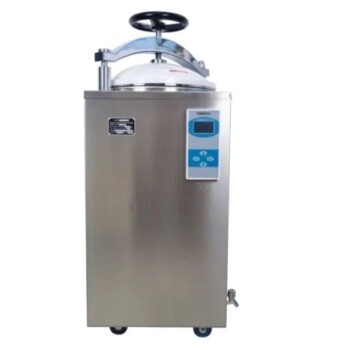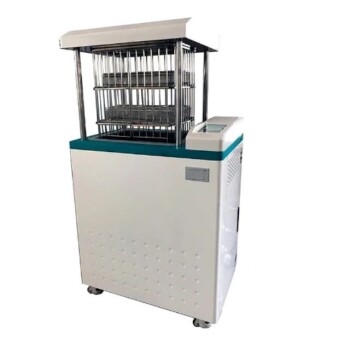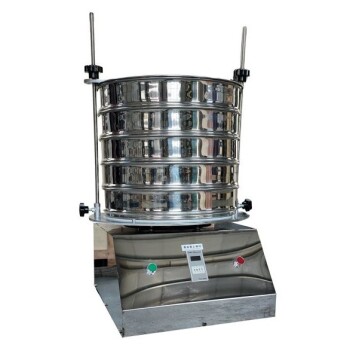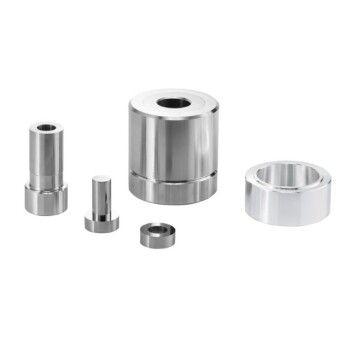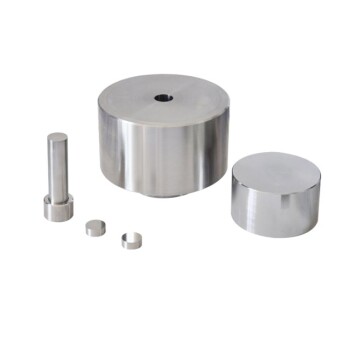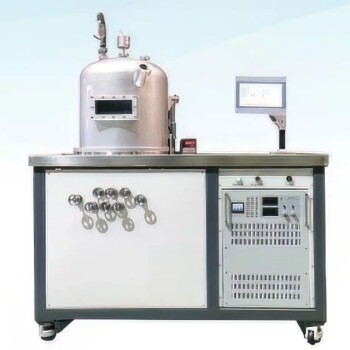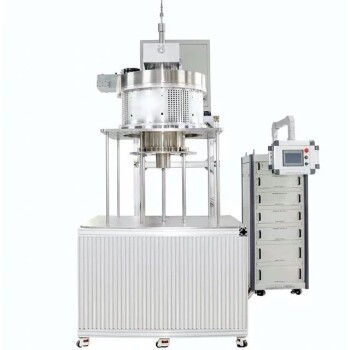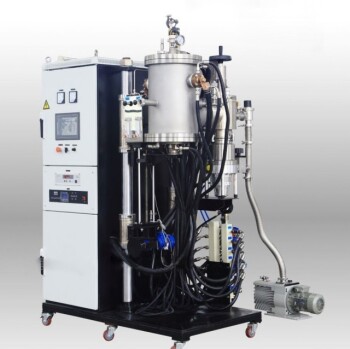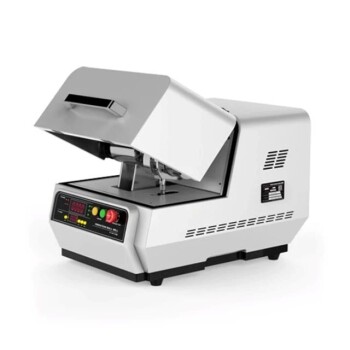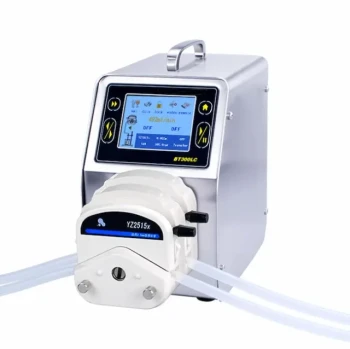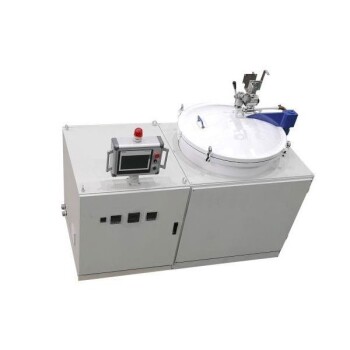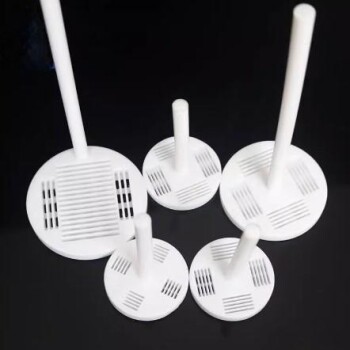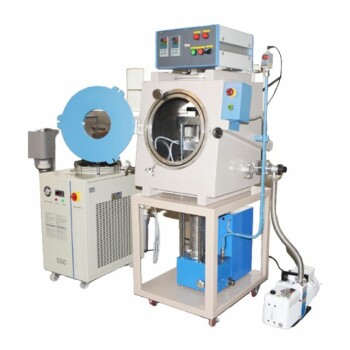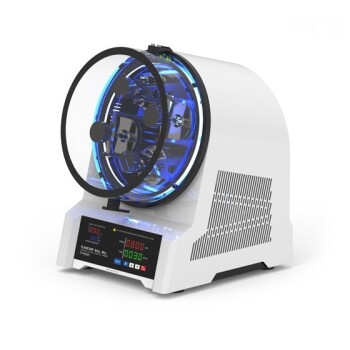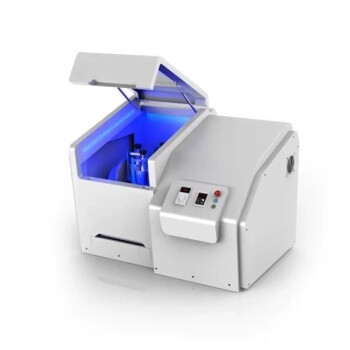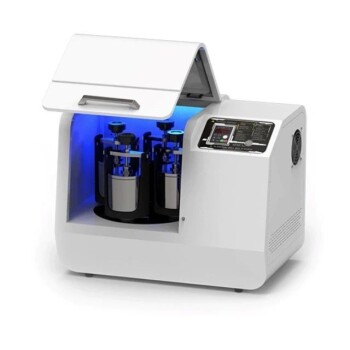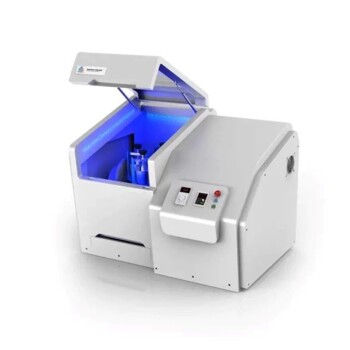Introduction to Liquid Nitrogen
Properties and Purity of Liquid Nitrogen
Liquid nitrogen, derived from the element nitrogen, exhibits several unique properties that make it highly suitable for various applications, particularly in the realm of food freezing. As an inert gas, it remains colorless, odorless, non-corrosive, non-flammable, and does not support combustion. These characteristics underscore its safety and stability in industrial and scientific contexts.
The purity of liquid nitrogen is a critical factor that influences its effectiveness and safety in applications. High purity liquid nitrogen typically contains nitrogen at a concentration of ≥99.99%. This level of purity ensures minimal impurities, which can interfere with the freezing process or introduce contaminants. On the other hand, industrial-grade liquid nitrogen is categorized into two grades: first grade with nitrogen ≥99.5% and second grade with nitrogen ≥98.5%. These lower purity levels are often used in less critical applications where the margin for error is higher.
| Purity Grade | Nitrogen Concentration |
|---|---|
| High Purity | ≥99.99% |
| Industrial Grade (1st) | ≥99.5% |
| Industrial Grade (2nd) | ≥98.5% |
Understanding the different purity levels is essential for selecting the appropriate type of liquid nitrogen for specific applications. High purity is often preferred in food freezing to maintain the quality and safety of the food products, while industrial grades may be sufficient for other non-food applications.
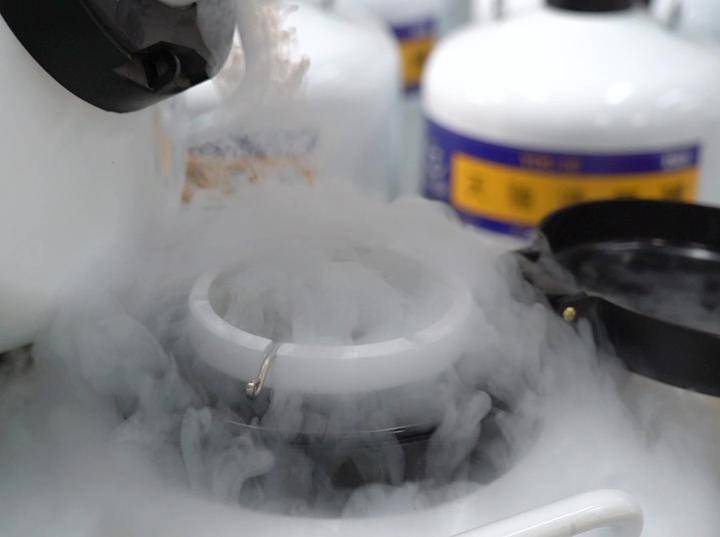
Production and Separation of Liquid Nitrogen
Liquid nitrogen is primarily derived through the physical separation of air. This process involves compressing air under low-temperature conditions, causing it to transition into a liquid state. Once in this state, the air is gradually warmed and fractionated, a method known as fractional distillation. This technique leverages the different boiling points of air components, primarily nitrogen (boiling point: -195.8°C) and oxygen (boiling point: -183°C), to separate them effectively.
During the distillation process, the liquid air is heated incrementally. Nitrogen, having the lower boiling point, vaporizes first and is collected separately. This collected nitrogen gas is then further cooled to convert it back into liquid form, yielding high-purity liquid nitrogen. The entire process is meticulously controlled to ensure the purity of the final product, which is crucial for its various applications, including food freezing.
The production of liquid nitrogen is not only efficient but also scalable, making it a reliable source for industrial and commercial uses. The purity levels of liquid nitrogen produced can vary, with high-purity options typically containing nitrogen at ≥99.99%, while industrial-grade liquid nitrogen can range from ≥99.5% to ≥98.5%. These purity levels are essential for maintaining the integrity and effectiveness of liquid nitrogen in applications like food freezing, where rapid and uniform cooling is paramount.
Historical and Technological Background
Development and Application in Various Fields
The application of liquid nitrogen refrigeration technology dates back to the early 20th century, where it was initially utilized in the construction of underground projects. The soil freezing method, facilitated by liquid nitrogen, introduced a novel engineering technique for the construction of underground buildings. This method not only provided a stable and solid foundation but also allowed for the creation of complex subterranean structures with minimal disruption to the surrounding environment.
In addition to its early use in civil engineering, liquid nitrogen has found extensive applications across various industries. Notably, its role in food freezing technology began to be explored in the 1950s, with formal adoption in the 1960s. The rapid advancement of U.S. space technology and the need for high-quality quick-freezing methods in the food industry significantly accelerated the adoption of liquid nitrogen for food preservation.
| Field of Application | Key Benefits |
|---|---|
| Underground Construction | Provides a stable foundation, allows for complex subterranean structures |
| Food Freezing | Rapid freezing, maintains food quality, reduces water loss |
| Space Technology | Facilitates high-quality quick-freezing, essential for long-duration missions |
The versatility of liquid nitrogen is further evidenced by its use in sectors ranging from aerospace to food processing. Its ability to provide ultra-low temperatures quickly and efficiently has made it an indispensable tool in modern technology and engineering.
Promotion in Food Freezing Technology
The adoption of liquid nitrogen for food freezing can be traced back to the 1950s, when researchers first began to explore its potential. By the early 1960s, this technology was officially integrated into the food industry, marking a significant milestone in food preservation methods. The rapid advancement and widespread acceptance of liquid nitrogen freezing technology can be attributed to several key factors.
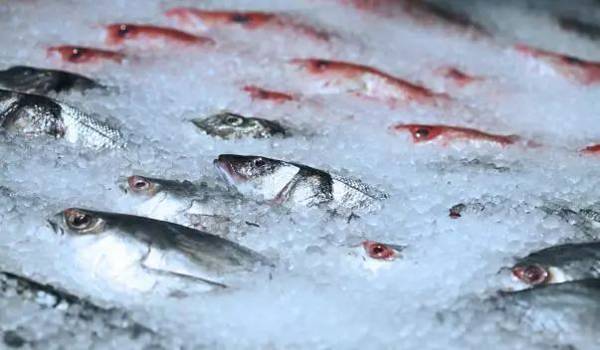
Firstly, the development of U.S. space technology played a crucial role. The space program necessitated the creation of advanced freezing techniques to preserve food for astronauts during long missions. This scientific endeavor led to the refinement of liquid nitrogen freezing methods, which were then adapted for commercial use.
Secondly, the food industry's demand for a high-quality, quick-freezing mode was another driving force. Traditional freezing methods often resulted in the formation of large ice crystals, which could damage the cellular structure of foods. Liquid nitrogen, with its ultra-low temperature of -195.8°C, offered a solution by enabling rapid freezing that minimized ice crystal formation, thereby preserving the texture and nutritional value of foods.
This dual impetus—scientific innovation and industry need—accelerated the promotion and adoption of liquid nitrogen freezing technology, making it a cornerstone of modern food preservation methods.
Advantages of Liquid Nitrogen in Food Freezing
Fast Freezing Speed
The temperature of liquid nitrogen at standard atmospheric pressure is an astonishing -195.8°C, making it one of the coldest substances available for industrial and scientific applications. This ultra-low temperature is instrumental in achieving rapid freezing of food products. When liquid nitrogen comes into contact with food, it undergoes a phase change from liquid to gas, a process that absorbs a significant amount of heat from the food, causing it to freeze almost instantaneously.
This rapid freezing process is highly efficient due to the principles of convection and conduction. Convection occurs as the nitrogen gas, which is produced during the phase change, circulates around the food, continuously drawing heat away. Conduction, on the other hand, involves the direct transfer of heat from the food to the liquid nitrogen, which is in direct contact with the surface of the food. Together, these mechanisms ensure that the food is frozen at an unprecedented speed, preserving its texture, flavor, and nutritional value.
For instance, a typical quick-frozen bun can achieve a core temperature of -18°C within just a few minutes when placed in a liquid nitrogen quick-freezing cabinet. Similarly, monomer shrimp can be flash-frozen to -18°C in tens of seconds, bypassing the critical 0°C to -5°C range where large ice crystals typically form, thereby reducing cellular damage.
The fast freezing speed offered by liquid nitrogen is not only beneficial for maintaining the quality of the food but also for enhancing the overall efficiency of the freezing process. It allows for quicker turnaround times and reduces the need for large, energy-intensive freezing equipment, making it a preferred method in the food industry.
Good Freezing Quality
The rapid action of liquid nitrogen directly on the food material results in an ultra-fast freezing process, which is instrumental in preserving the integrity of the food's cellular structure. This swift freezing mechanism effectively mitigates the formation of large ice crystals within the food tissue. Traditional freezing methods often lead to the development of sizable ice crystals, which can rupture cell membranes and degrade the quality of the food. In contrast, the rapid freezing induced by liquid nitrogen ensures that ice crystals remain small and evenly distributed, thereby minimizing cellular damage and preserving the texture, taste, and nutritional value of the food.
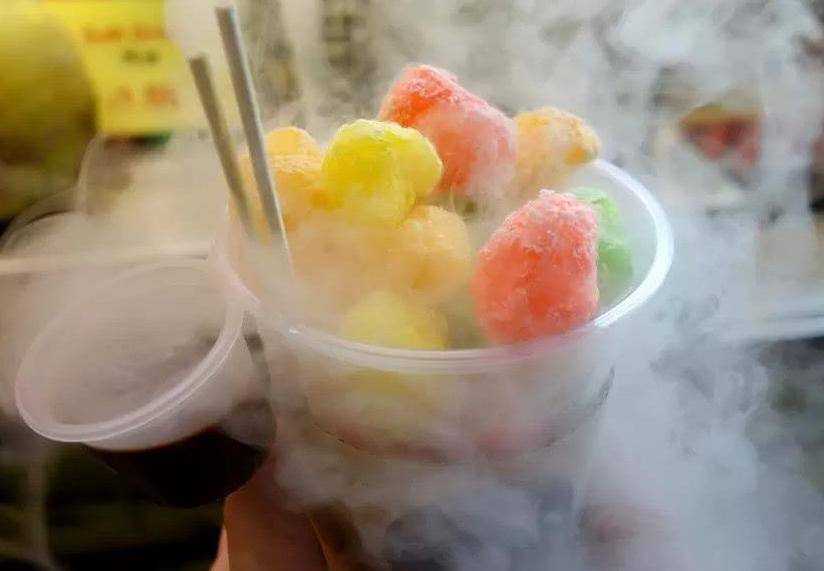
Moreover, the high purity of liquid nitrogen, typically above 99.99%, ensures that the freezing process is free from contaminants that could otherwise affect the food's quality. This purity is crucial in maintaining the food's original attributes, making liquid nitrogen an ideal choice for applications where high-quality frozen goods are paramount. The efficiency of this method is further highlighted by its ability to prevent freeze-drying and reduce water loss, which are common issues in conventional freezing techniques. By preserving the moisture content within the food, liquid nitrogen freezing helps maintain the food's weight and volume, ensuring that the final product retains its freshness and nutritional value.
In summary, the application of liquid nitrogen in food freezing not only ensures a rapid and even freezing process but also significantly enhances the quality of the frozen product by preserving its cellular structure and moisture content. This makes it a superior choice in the food industry for achieving high-quality frozen foods.
Prevent Freeze-drying and Reduce Water Loss
One of the significant advantages of using liquid nitrogen for food freezing is its ability to prevent freeze-drying and reduce water loss. This is primarily due to the ultra-low temperature of liquid nitrogen, which rapidly freezes food products, minimizing the formation of large ice crystals. The rapid freezing process helps to preserve the cellular structure of the food, thereby reducing the amount of water that is lost during the freezing and thawing cycles.
| Freezing Method | Water Loss Rate (%) |
|---|---|
| Liquid Nitrogen | 0.6% - 1% |
| Conventional Methods | 3% - 6% |
Compared to conventional freezing methods, liquid nitrogen results in a water loss rate that is significantly lower. While other freezing methods typically result in water loss rates between 3% and 6%, liquid nitrogen reduces this to a mere 0.6% to 1%. This not only enhances the overall quality and texture of the frozen food but also preserves its nutritional value by minimizing the loss of essential vitamins and minerals.
The effectiveness of liquid nitrogen in reducing water loss is attributed to its rapid freezing capability, which prevents the formation of large ice crystals that can rupture cell membranes and lead to water loss. This rapid freezing also helps in maintaining the food's original moisture content, ensuring that the food remains fresh and flavorful even after thawing.
Space Efficiency
The utilization of liquid nitrogen in refrigeration processes offers significant advantages in terms of space efficiency. By leveraging the rapid cooling properties of liquid nitrogen, the time required for quick-freezing is drastically reduced. This accelerated freezing process not only enhances the quality of the frozen product but also minimizes the physical space needed for freezing equipment.
In traditional freezing methods, large and complex systems are often required to maintain low temperatures over extended periods. However, liquid nitrogen's ability to achieve ultra-low temperatures almost instantaneously means that smaller, more compact equipment can be used effectively. This reduction in equipment size translates to a more efficient use of space within food processing facilities, allowing for greater flexibility and potentially lower operational costs.
Moreover, the streamlined freezing process enabled by liquid nitrogen reduces the overall footprint of the freezing operation. This is particularly beneficial in industries where space is at a premium, such as urban food processing plants or facilities with limited real estate. The ability to achieve high-quality quick-freezing in a smaller space not only optimizes the use of available resources but also contributes to a more sustainable and efficient food supply chain.
Methods and Equipment for Liquid Nitrogen Freezing
Freezing Methods
Liquid nitrogen freezing methods are diverse, each designed to cater to specific food types and processing requirements. The primary methods include:
-
Immersion Type: This method involves submerging the food directly into liquid nitrogen. It is particularly effective for small, irregularly shaped items or those requiring rapid freezing. The direct contact with the extremely low-temperature liquid ensures a quick and uniform freezing process.
-
Spray Type: In this method, liquid nitrogen is sprayed onto the food surface. This is ideal for larger items or those that are not suitable for immersion. The spray ensures that the nitrogen reaches all parts of the food, facilitating a rapid freeze.
-
Cold Air Circulation Type: This method uses a system where cold air, chilled by liquid nitrogen, circulates around the food. It is suitable for bulk freezing of large quantities of food. The circulating cold air ensures that the entire batch is uniformly frozen.
-
Other Types: Beyond the main methods, there are specialized techniques such as vacuum freezing and hybrid systems that combine elements of the above methods. These are used in specific applications where conventional methods may not be as effective.
Each method has its own set of advantages and is chosen based on the nature of the food, the desired freezing speed, and the scale of production.
Freezing Equipment
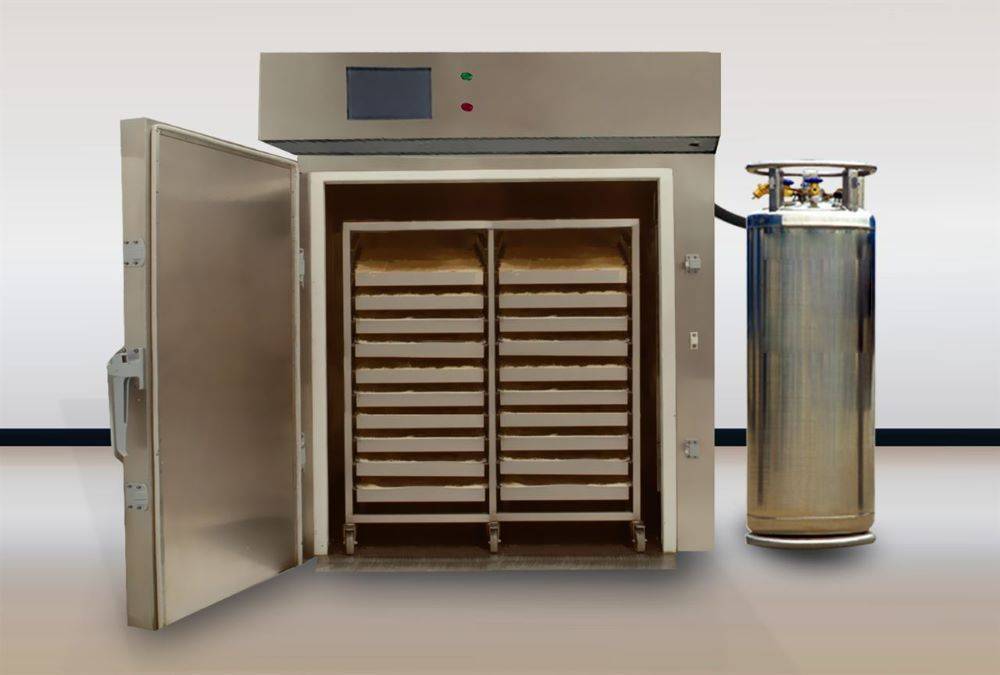
Freezing and application equipment in the context of liquid nitrogen can be categorized into several types, each designed to facilitate specific freezing processes. These include:
-
Liquid Nitrogen Cabinet Freezing Device: This device is designed to immerse food items directly into liquid nitrogen, ensuring rapid freezing. The cabinet's design allows for controlled and efficient distribution of liquid nitrogen, making it ideal for small to medium-sized batches of food.
-
Tunnel Freezing Device: Commonly used in industrial settings, tunnel freezing devices pass food items through a continuous flow of liquid nitrogen. This method is particularly effective for high-volume production, ensuring consistent freezing across all items.
-
Immersion Freezing Device: As the name suggests, this equipment involves immersing food items directly into a bath of liquid nitrogen. This method is known for its speed and effectiveness, particularly for items that require rapid freezing to preserve texture and nutritional content.
-
Stirring and Molding Freezing Device: This type of equipment is used for food items that require specific shapes or forms post-freezing. The stirring mechanism ensures even distribution of liquid nitrogen, while the molding aspect allows for precise shaping of the frozen product.
Each of these devices leverages the ultra-low temperature of liquid nitrogen to achieve rapid freezing, thereby preserving the quality and nutritional value of the food.
Application Examples
Quick-frozen Buns
When a steamed bun is placed into a liquid nitrogen quick-freezing cabinet, the process is astonishingly rapid. Within just a few minutes, the center temperature of the bun can plummet to -18 ℃. This rapid freezing is achieved due to the ultra-low temperature of liquid nitrogen, which hovers around -195.8 ℃ under atmospheric conditions. The immediate contact with this cryogenic substance causes the bun to freeze almost instantaneously, preserving its texture and structure with minimal ice crystal formation.
This method of freezing not only ensures high-quality preservation but also prevents the typical freeze-drying effects that can occur with slower freezing methods. The quick freezing process minimizes water loss, maintaining the bun's original moisture content and preventing the formation of large ice crystals that could damage the cellular structure. This preservation technique is particularly advantageous in the food industry, where maintaining the integrity and nutritional value of food products is paramount.
The efficiency of liquid nitrogen freezing is further highlighted by its space-saving benefits. The rapid freezing process significantly reduces the time and equipment volume required for quick-freezing, making it a practical and efficient solution for large-scale food production. This method is not only applicable to buns but also extends to a variety of food products, including fruits, vegetables, and aquatic products, demonstrating its versatility and effectiveness in the realm of food preservation.
Frozen Aquatic Products
When it comes to frozen aquatic products, the use of liquid nitrogen offers unparalleled advantages in terms of speed and quality. For instance, consider the case of monomer shrimp. These delicate crustaceans can traverse the critical temperature range from 0°C to -5°C—the zone where the largest ice crystals form—in mere tens of seconds. This rapid transition is made possible by the ultra-low temperature of liquid nitrogen, which swiftly brings the shrimp body to the optimal storage temperature of -18°C.
The rapid freezing process not only preserves the texture and flavor of the shrimp but also minimizes the formation of large ice crystals, which can damage the cellular structure of the food. This method ensures that the shrimp retains its natural freshness and nutritional value, making it a preferred choice for high-quality frozen seafood products.
| Aspect | Traditional Freezing | Liquid Nitrogen Freezing |
|---|---|---|
| Freezing Time | Several minutes | Tens of seconds |
| Ice Crystal Formation | High | Minimal |
| Nutrient Retention | Moderate | High |
| Texture Preservation | Fair | Excellent |
The table above highlights the stark differences between traditional freezing methods and those employing liquid nitrogen. The efficiency and quality of liquid nitrogen freezing make it an indispensable tool in the modern food processing industry, particularly for preserving the integrity of delicate aquatic products like shrimp.
Quick-frozen Fruits and Vegetables
Liquid nitrogen quick-frozen fruits and vegetables offer several advantages over traditional freezing methods. One of the most significant benefits is the preservation of nutritional content. Unlike conventional freezing, which can lead to the formation of large ice crystals that damage cell structures, liquid nitrogen freezes foods at an ultra-low temperature of -195.8°C. This rapid freezing process minimizes ice crystal formation, thereby preserving the integrity of the cellular structure and maintaining the vitamins and minerals within the fruits and vegetables.
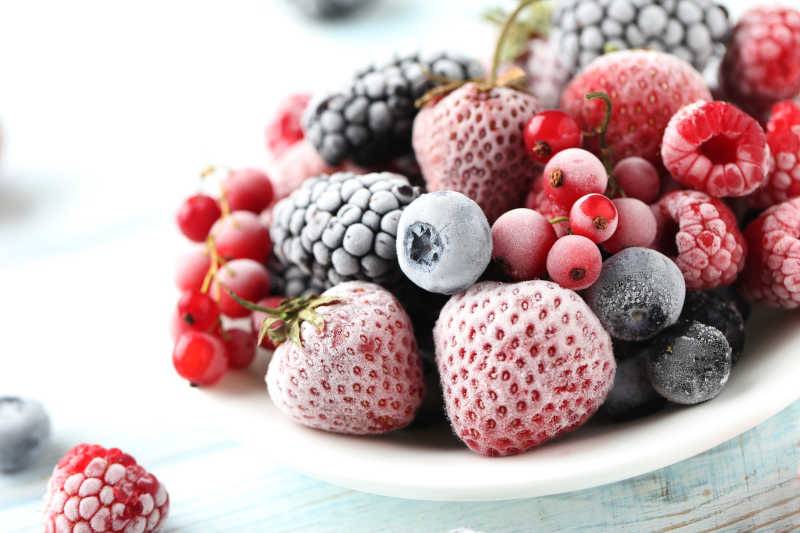
Moreover, the use of liquid nitrogen in quick-freezing reduces the risk of frostbite, a common issue in traditional freezing methods. Frostbite occurs when water within the food expands and causes damage to the tissue. The rapid freezing process ensures that water molecules don't have enough time to form large crystals, which could otherwise rupture cell walls and lead to frostbite. This results in a product that not only retains its nutritional value but also its texture and flavor.
In summary, liquid nitrogen quick-frozen fruits and vegetables are a superior method for preserving the quality of these products, ensuring that consumers receive produce that is both nutritious and delicious.
Low-temperature Crushing
Cryogenic crushing, a process that leverages the extreme cold of liquid nitrogen, offers a unique advantage in the food processing industry. At temperatures as low as -196°C, liquid nitrogen can effectively freeze food particles to their smallest organizational state, preserving their structural integrity and nutritional value. This method is particularly beneficial for delicate food items such as fruits, vegetables, and certain types of meat, where maintaining the original texture and minimizing damage to cellular structures are paramount.
The ultra-cold environment created by liquid nitrogen not only helps in achieving a finer powder but also prevents oxidation and microbial growth, thereby extending the shelf life of the crushed products. This technique is highly efficient and can be integrated into various stages of food processing, from initial preparation to final packaging.
| Benefit | Description |
|---|---|
| Preservation of Structure | Maintains the smallest organizational state of food particles, preserving texture and nutritional value. |
| Prevention of Oxidation | Reduces the risk of oxidation, which can degrade the quality of the food. |
| Microbial Growth Control | Minimizes microbial activity, extending the shelf life of the crushed products. |
| Efficiency in Processing | Can be applied at various stages of food processing, enhancing overall efficiency. |
Cryogenic crushing is a testament to the versatility and effectiveness of liquid nitrogen in food technology, offering a superior method for achieving high-quality, finely powdered food products.
Freezing Extraction
The use of liquid nitrogen for freezing extraction is a sophisticated technique that leverages the extreme cold of liquid nitrogen to facilitate the breaking of pollen walls. This method involves rapid quenching with liquid nitrogen, followed by a synergistic high-temperature thawing process, which effectively disrupts the structural integrity of the pollen walls. The rapid temperature changes cause the pollen walls to become brittle and crack, making it easier to extract the valuable contents inside.
This technique is particularly effective due to the unique properties of liquid nitrogen. At its boiling point of -195.8°C, liquid nitrogen can quickly freeze materials, including pollen, to a state where they are highly susceptible to mechanical disruption. The subsequent high-temperature thawing step further enhances the extraction process by softening the frozen material, allowing for more efficient recovery of the desired components.
The advantages of using liquid nitrogen in this process are manifold. Firstly, the rapid freezing and thawing cycles minimize damage to the cellular structures of the pollen, preserving the integrity of the extracted materials. Secondly, the method is highly efficient, reducing the time and resources required for extraction compared to traditional methods. Lastly, the use of liquid nitrogen ensures a sterile environment, which is crucial for maintaining the purity and quality of the extracted products.
In summary, the combination of liquid nitrogen quenching and high-temperature thawing provides an effective and efficient means of breaking down pollen walls, making it a valuable technique in various scientific and industrial applications.
Low-temperature Drying
Low-temperature drying leverages the unique physical properties of water-containing food subjected to ultra-low-temperature freezing. This process capitalizes on the phenomenon of ice crystal sublimation, where solid ice transitions directly into vapor without passing through a liquid state. This method is particularly effective in preserving the integrity and quality of the food by minimizing the formation of large ice crystals that can damage cellular structures.
The use of liquid nitrogen, with its extreme temperature of -195.8°C, plays a crucial role in achieving these ultra-low temperatures. By rapidly freezing the food, liquid nitrogen inhibits the growth of ice crystals, thereby reducing cellular damage and preserving the nutritional content and texture of the food. This rapid freezing process also minimizes water loss, which is a common issue in traditional drying methods, ensuring that the final product retains its original volume and weight.
Moreover, low-temperature drying is highly efficient in terms of energy consumption and space utilization. The rapid freezing process significantly shortens the time required for drying, reducing the need for extensive equipment and storage space. This efficiency not only lowers operational costs but also contributes to a more sustainable food preservation process.
In summary, low-temperature drying, powered by liquid nitrogen, offers a superior method for preserving food quality while minimizing water loss and operational costs. This technique is a testament to the innovative applications of liquid nitrogen in the food industry, enhancing both the efficiency and effectiveness of food preservation methods.
Safety Considerations

Hazards and Precautions
Liquid nitrogen, being a low-temperature liquid, poses significant safety risks if not handled correctly. It should be stored and utilized strictly in accordance with the "Safety Rules for the Use of Cryogenic Liquid Storage Equipment" (JB/T6898-2015). This standard outlines critical guidelines to mitigate potential hazards associated with liquid nitrogen, ensuring both operational safety and equipment integrity.
Key Hazards:
- Cold Burns: Direct contact with liquid nitrogen can cause severe cold burns due to its extremely low temperature (-195.8°C).
- Asphyxiation: Liquid nitrogen can displace oxygen in confined spaces, leading to asphyxiation if proper ventilation is not maintained.
- Pressure Risks: The rapid evaporation of liquid nitrogen can create significant pressure within storage vessels, posing a risk of explosion if the vessels are not adequately designed and maintained.
Precautionary Measures:
- Personal Protective Equipment (PPE): Operators must wear appropriate PPE, including insulated gloves, face shields, and protective clothing to prevent cold burns and other injuries.
- Ventilation: Ensure adequate ventilation in areas where liquid nitrogen is handled or stored to prevent oxygen depletion.
- Training: Operators should receive comprehensive training on the safe handling, storage, and use of liquid nitrogen, including understanding the specific hazards and emergency procedures.
- Regular Inspections: Conduct regular inspections and maintenance of storage and handling equipment to ensure compliance with safety standards and prevent equipment failure.
By adhering to these precautions and the guidelines set forth in JB/T6898-2015, the risks associated with liquid nitrogen can be effectively managed, ensuring a safe working environment.
Installation and Use of Cryogenic Liquid Storage Pressure Vessel
When installing and utilizing a cryogenic liquid storage pressure vessel, it is imperative to adhere to stringent safety standards and regulatory guidelines. Beyond the foundational requirements outlined in the JB/T6898-2015 standard, which governs the safe use of cryogenic liquid storage equipment, additional compliance is necessary with the TSGR0004 and TSGR7001 regulations. These supplementary provisions are crucial for ensuring the integrity and safety of the pressure vessel, particularly when handling cryogenic liquids like liquid nitrogen, which are characterized by their extreme low temperatures and potential hazards.
The TSGR0004 regulation specifically addresses the design, manufacturing, and inspection of pressure vessels for the storage and transportation of cryogenic liquids. It mandates rigorous testing and certification processes to guarantee that the vessels can withstand the unique pressures and thermal stresses associated with cryogenic conditions. On the other hand, TSGR7001 focuses on the operational safety of cryogenic liquid storage systems, emphasizing the importance of regular maintenance, thorough operator training, and adherence to strict operational protocols to prevent accidents and ensure the longevity of the equipment.
By complying with these comprehensive standards, the installation and use of cryogenic liquid storage pressure vessels can be conducted safely and efficiently, mitigating risks and ensuring the preservation of both equipment and personnel.
Operator Safety Measures
Operators must be well-versed in the unique properties of cryogenic liquids, particularly liquid nitrogen, and understand the potential hazards associated with their use. This knowledge is crucial for ensuring safe operations and preventing accidents. Operators should thoroughly study the instruction manual provided with the equipment, which outlines the specific procedures and safety protocols tailored to the machinery they are operating.
Familiarity with the process flow of the equipment is equally important. This includes understanding the sequence of operations, from initial setup to final processing stages. By knowing the equipment's operational sequence, operators can anticipate potential issues and respond appropriately, thereby minimizing risks.
Moreover, operators should be proficient in the standard operation procedures (SOPs) for handling cryogenic liquids. These procedures typically cover aspects such as the safe handling of liquid nitrogen containers, the correct methods for transferring cryogenic liquids, and emergency response protocols in case of spills or equipment malfunctions. Adherence to these SOPs is essential to maintain a safe working environment and protect both personnel and equipment.
In summary, a comprehensive understanding of the hazards, equipment manuals, process flows, and operational procedures is indispensable for operators working with cryogenic liquids. This knowledge not only enhances operational safety but also ensures the efficient and effective use of the equipment.
Related Products
- Benchtop Laboratory Freeze Dryer for Lab Use
- Benchtop Laboratory Vacuum Freeze Dryer
- Laboratory Sterilizer Lab Autoclave Vertical Pressure Steam Sterilizer for Liquid Crystal Display Automatic Type
- Laboratory Sterilizer Lab Autoclave Pulse Vacuum Lifting Sterilizer
- Laboratory Test Sieves and Sieving Machines
Related Articles
- Advanced International Plant Extraction Science and Technology
- Beyond the Spec Sheet: Matching Freeze Dryer Capabilities to Your Application's Critical Needs
- Inconsistent Melts? The Problem Isn't Your Furnace, It's the Physics.
- Understanding Hot Isostatic Pressing in PVD Sputtering Targets
- How Laboratory Freeze Dryers Outperform Alternatives in Pharma, Food, Biotech & Research

